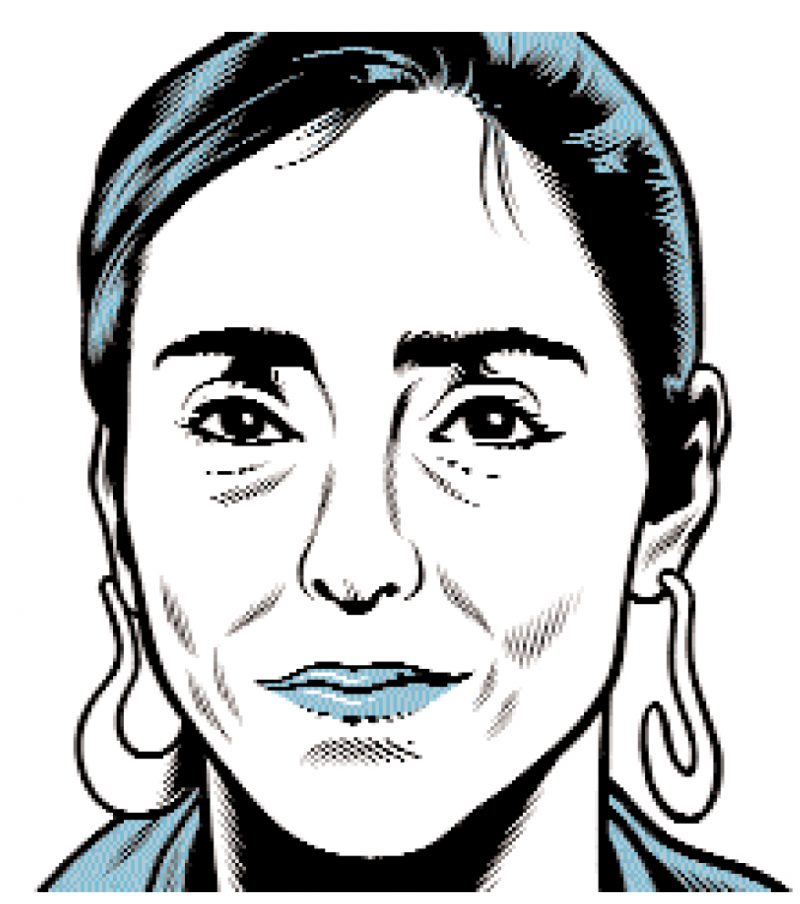Shirin Neshat was born in Qazvin, Iran, in 1957. Latitude 36° 16’N Longitude 50° 00’E, the city of Qazvin sits 6058 miles (or 9,749 kilometers, or 5,264 nautical miles) from Tribeca, where she lives today. It’s hard to convey how far it really is from Qazvin, a provincial Iranian city, to the pinnacle of the international art world that this tiny, slender, forty-six-year-old woman occupies. That space is rarefied, and the journey to it from her point of origin is as unlikely as a trip to the moon.
Neshat came to the United States from Iran in 1974 to study art at the University of California, Berkeley. In 1993, after a return trip to post-revolutionary Iran, she presented her first collection of photographs, Unveiling (1993), which was followed by another collection, Women of Allah (1993). Both stupefied the art world: Islamic women had not often appeared as subjects, much less as empowered ones. Neshat’s images were of women whose mettle she knew to be sturdy as steel, veiled or unveiled.
In 1998 she exhibited her first video installation, Turbulent. She used two video screens facing one another. On one, a man with his back to the camera sings to an audience of men. On the other, a veiled woman sits in an empty auditorium. The crowd applauds the man as the woman sits silently. When the man pauses, the woman begins to sing, but without using words. Her voice rises and falls and quivers in mesmerizing tones. She fills the empty auditorium with her wordless song as the man looks on in astonishment from the opposite screen. The video installation was partly inspired by the Islamic law established after the Iranian revolution of 1979, which forbade women from singing in public.
Since 1998, Neshat’s works have been exhibited both in the United States and internationally at numerous venues, including the Whitney Museum in New York, the Tate Gallery in London, and The Art Institute of Chicago. She has been the recipient of many awards, including, in 1999, the First International Prize at the forty-eighth Venice Biennale.
Turbulent and the two pieces that followed it—Rapture (1999) and Fervor (2000)—form a trilogy made in collaboration with a core group of Iranians who included her partner, Shoja Azari (he acts in Turbulent), who cowrote and coedited some pieces with her; Ghassem Ebrahimian, who shot many of the films; and the incomparable Sussan Deyhim, who composed many of the soundscapes that buoy Neshat’s images. Several other collaborators, including Shahram Karimi and Hamid Fardjad, have worked closely with Neshat over the years.
When the award-winning director Abbas Kiarostami finished making his...
You have reached your article limit
Sign up for a digital subscription and continue reading all new issues, plus our entire archives, for just $1.50/month.
Already a subscriber? Sign in





